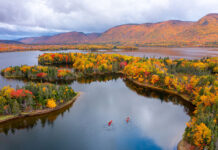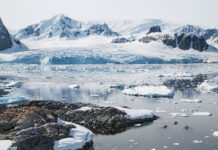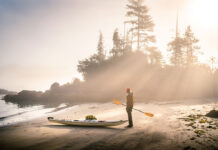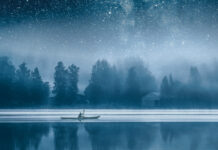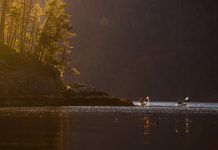As I paddled up the beach I was greeted by a sign that read, “State park boundary—welcome to… the Real Florida.”
In a hyper-politicized world where some people get piqued by things as insignificant as a not-festive-enough holiday red Starbucks coffee cup, I’m surprised that a government sign would be allowed to suggest something as controversial as the idea that this natural area is somehow any more real than the heavily built-up tourist zone down the beach, especially here in this most fantastical of states.
Finding Florida’s real magic kingdom
I was in Florida for a family vacation, and after a few days in the super-artificial Disney World Magic Kingdom, we’d come to this beach to wind down and relax before jetting back north to the winter cold.
For me it was also a last chance to dip my paddle in some unfrozen water. There was a laid-back, long-haired, middle-aged dude with a Florida perma-tan at a shop on the strip who rented me a boat and delivered it to my beach house in his cargo van. I saw the state park on a map and knew that’s where I had to go—always pointing the bow towards nature, like a compass needle seeking what I’d always thought of as the real world. But this was the first time I’d seen it labeled that way on a sign.
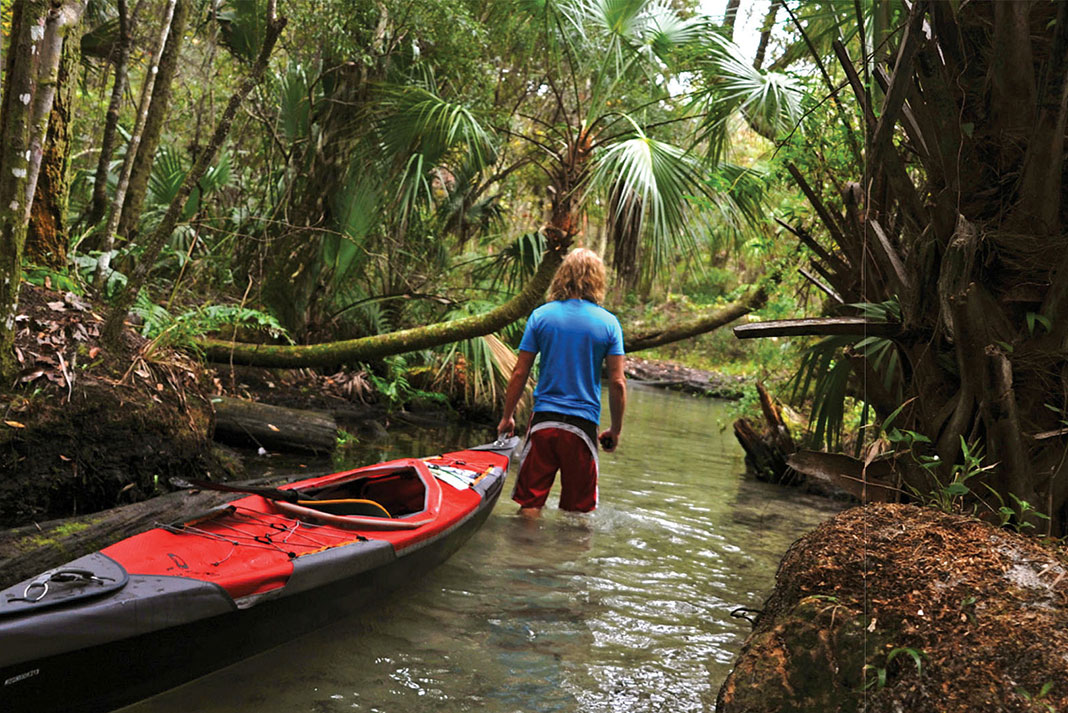
As I paddled north from the congested commercial strip of tacky surfwear shops and coral-colored stucco high-rises, where the beach had been literally bulldozed of all signs of vegetation, I noticed the dune grasses, palm trees and mangroves growing thicker and closer to the water. The houses got lower and squatted further back from the beach. Everywhere evidence appeared, suggesting how the beach had looked for thousands of years before the recent history of human intrusion: fewer footprints and tractor tracks and more shells, more slender silver fish darting below the surface and stingrays skimming away from my shadow.
The artificial can be enjoyable for sure. At Disney World, my family stayed in the Animal Kingdom Lodge where, from our balcony, we could watch zebras, wildebeest and giraffes roaming a “savannah”—with a chain-link fence unsubtly keeping Africa in, and the forest and fauna of inland Florida out. The setting of the lodge was lovely, but it occurred to me that seeing tortoises and armadillos roaming a native forest of palms and pines outside my window would have been no less appealing (and that had we wanted to see “the Real Africa” we probably could have flown to Kenya for about the same price).
The artfully crafted world inside the Magic Kingdom was certainly an escape, right down to the steel-and-composite Swiss Family Robinson “tree.” The substrate of nature upon which this vacation paradise was built was buried under so many layers of artifice that I couldn’t even begin to guess what reality might have been left. On the other hand, the Disney experience was so much like life in the big city—complete with strictly regimented schedules, bus commutes, long lineups, crowds, stress and its own rush hours—that I’m surprised it felt like a vacation at all.
Amusement at a slower pace
Having gone to such effort and expense to experience artificial entertainment, the slower speed and perspective of paddling reminded me how much beauty and serenity and wonder and excitement there is all around us, for free.
After Disney’s high-octane thrills, all-you-can eat buffets and high-tech entertainment, the quiet beach was surprisingly compelling. I marveled more at a tiny shriveled sea horse the size of my thumbnail than at the Day-Glo animatronic animals of Under the Sea—Journey of the Little Mermaid.
I’m pretty sure that when my six-year-old daughter sighs, “I miss Florida,” she is thinking of sitting in my lap on the sand watching a pair of osprey diving for their breakfast at sunrise, not sprinting to be the first in line for selfies with Ariel the mermaid in her grotto of painted concrete.
A pragmatist might argue that our so-called natural world is now so influenced by human activity—right down to the species in the ocean and the temperature of the air that has been altered by human climate change—that there is no valuable distinction to be made between what I find here on the beach and the engineered kingdom that is Disney World. It’s all artificial now.
Still, I think we need to remember and live as if there is something that came before us, a world shaped by forces much larger, the one kayaking puts us in touch with. That to me is the real Magic Kingdom. But don’t take my word for it. It says so right there on the sign.
Waterlines columnist Tim Shuff is a firefighter, freelance writer and former editor of Adventure Kayak. He doesn’t care what color cup his coffee comes in.
No artificial ingredients in this Florida state park. | Feature photo: Virginia Marshall



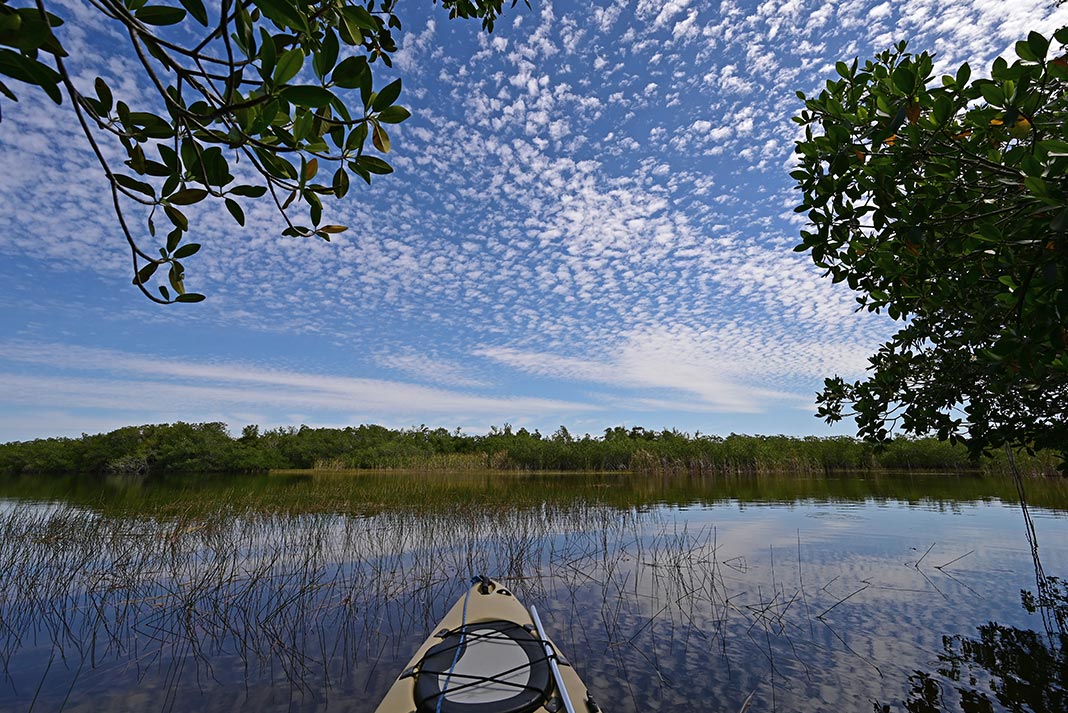
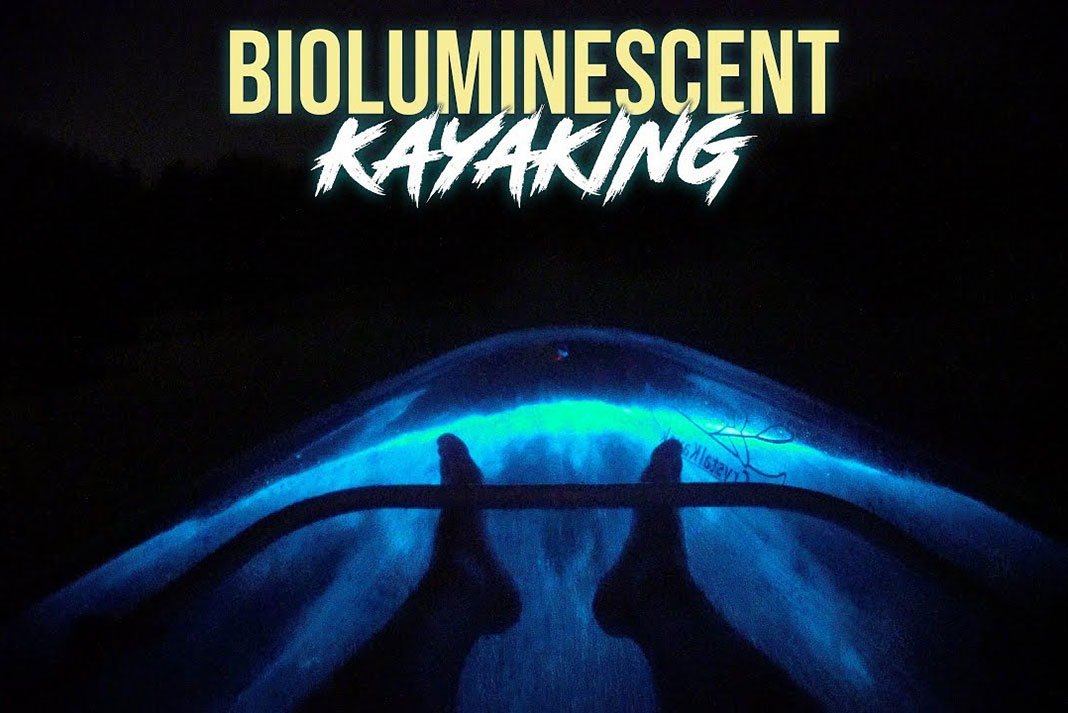
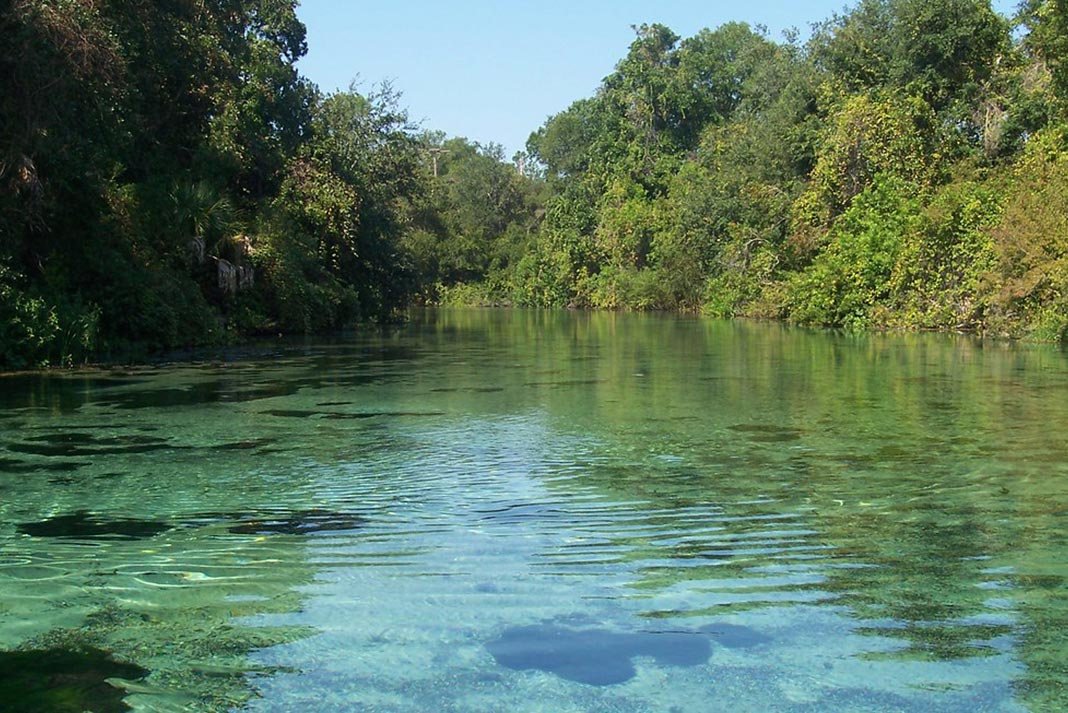
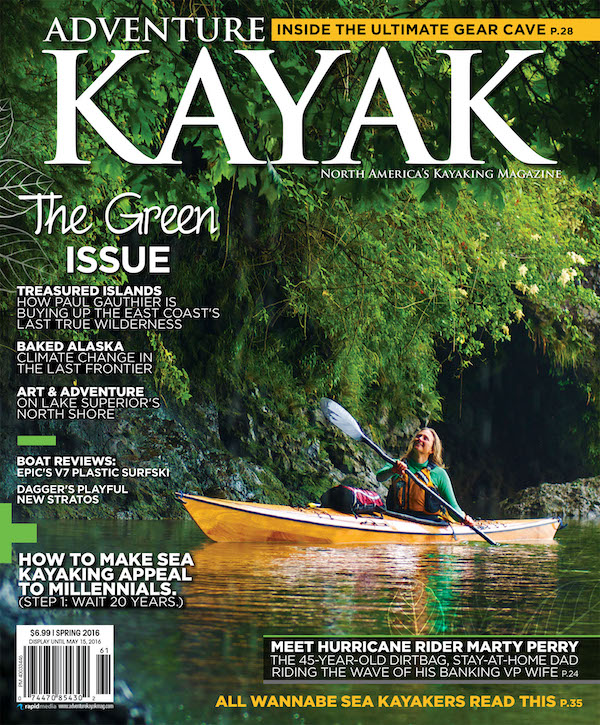 This article was first published in the Spring 2016 issue of Adventure Kayak Magazine.
This article was first published in the Spring 2016 issue of Adventure Kayak Magazine. 